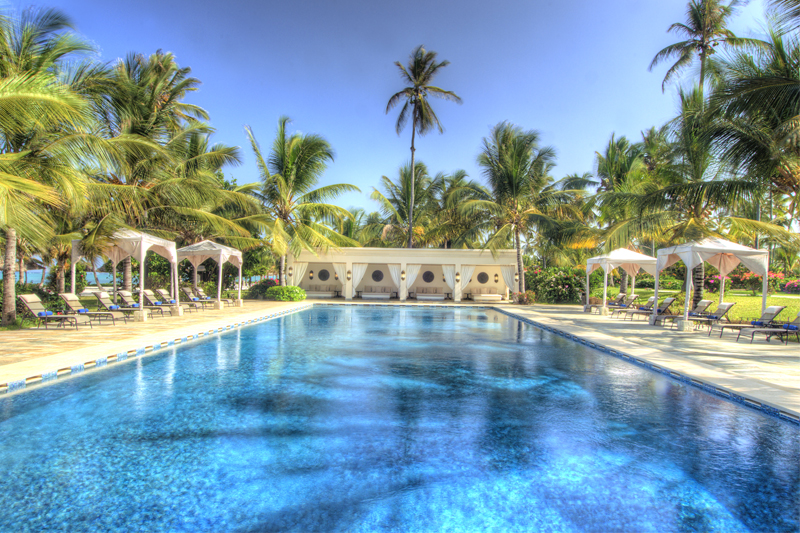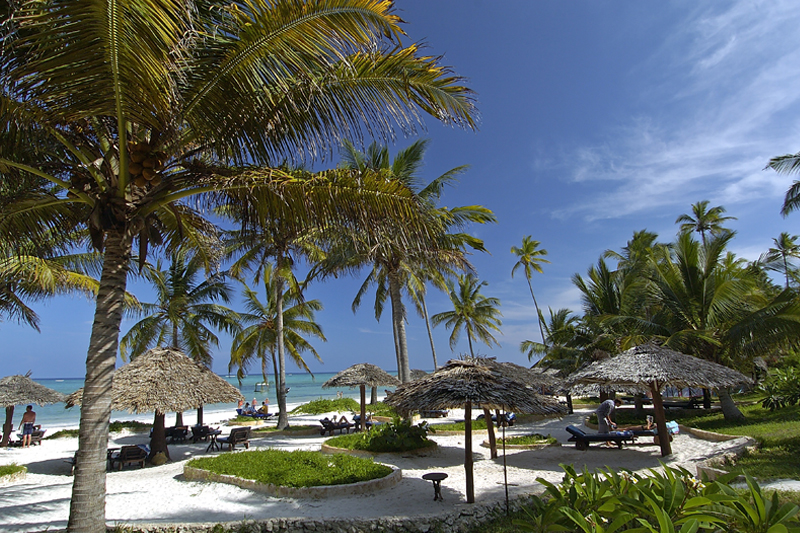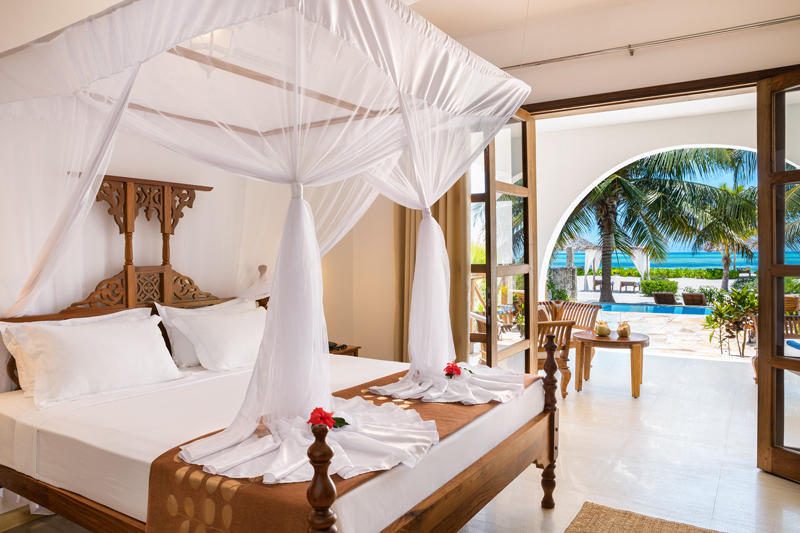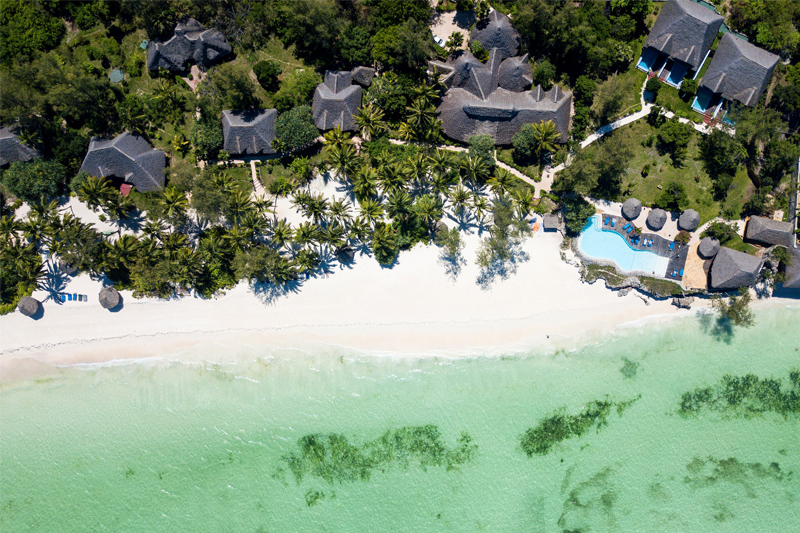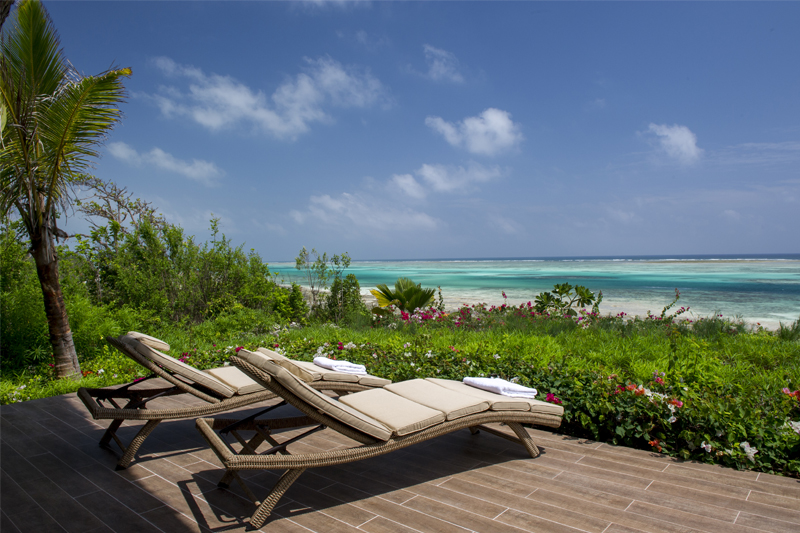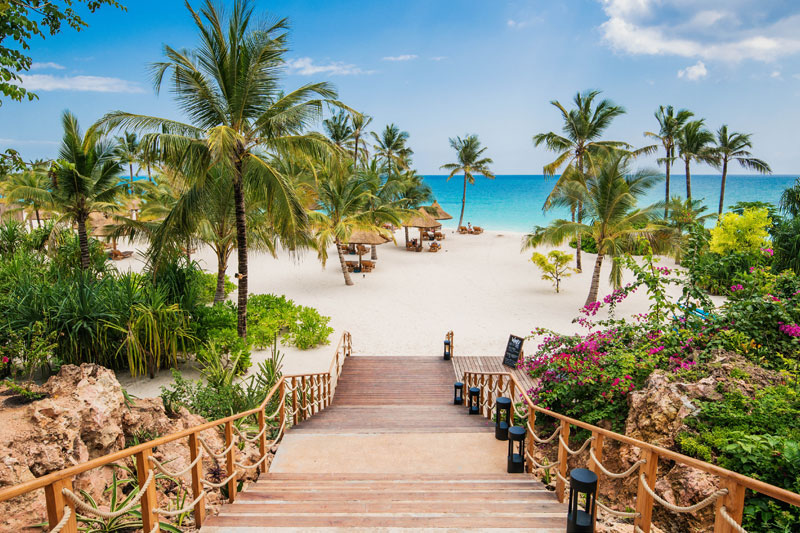Zanzibar and the coast
Zanzibar, Pemba and Mafia are the three largest islands off tanzania, and offer fantastic beach experiences to combine with your safari.
Zanzibar is best known and offers by far the largest range of accommodation options. Zanzibar is generally perfect for an all round beach experience, combining good quality accommodation with beautiful beaches, varied marine activities and, on the whole, decent value for money.
Pemba Island lies to the north and is serviced by air from Zanzibar. There are limited accommodation options in the north and west of the island (Fundu Lagoon, Manta Resort and Aiyana Hotel) and very little development compared to Zanzibar. However, Pemba is known for its excellent scuba diving, off the north of the island and around the tiny Mesali Island off the west coast.
Mafia Island lies to the south of Dar es Salaam (opposite the mouth of the Rufiji River) and is an unspoilt, little visited alternative to Zanzibar. The archipelago is actually made up of four major islands, Mafia itself, Chole, Jiobondo and Juani, and is better known for its fantastic scuba diving and whale shark snorkelling, rather than its beaches. In comparison to Zanzibar, it is extremely poor with little infrastructure aside from the few beach properties.
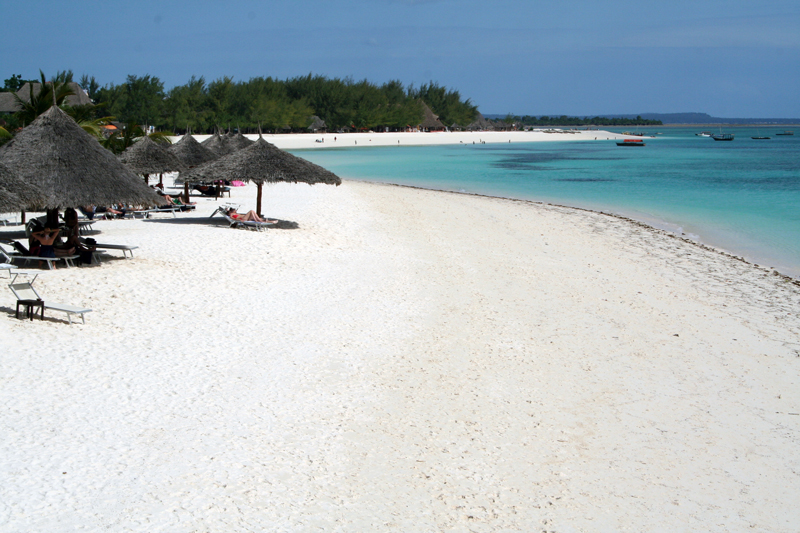
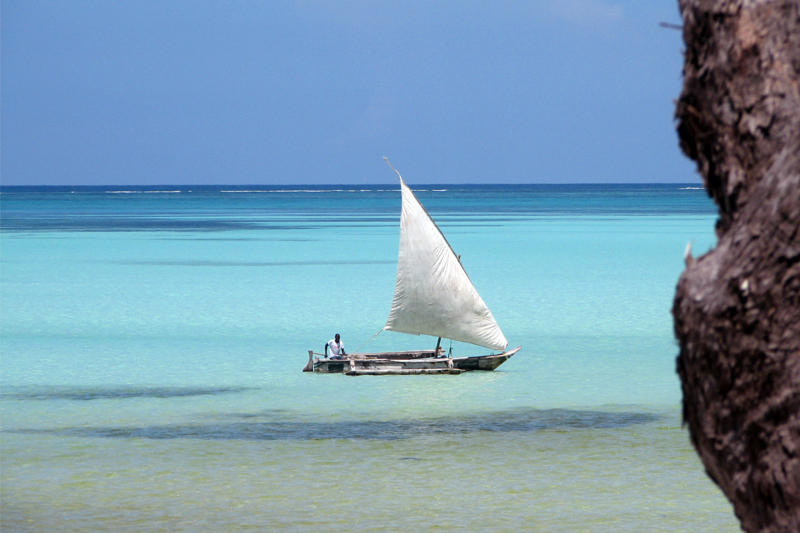
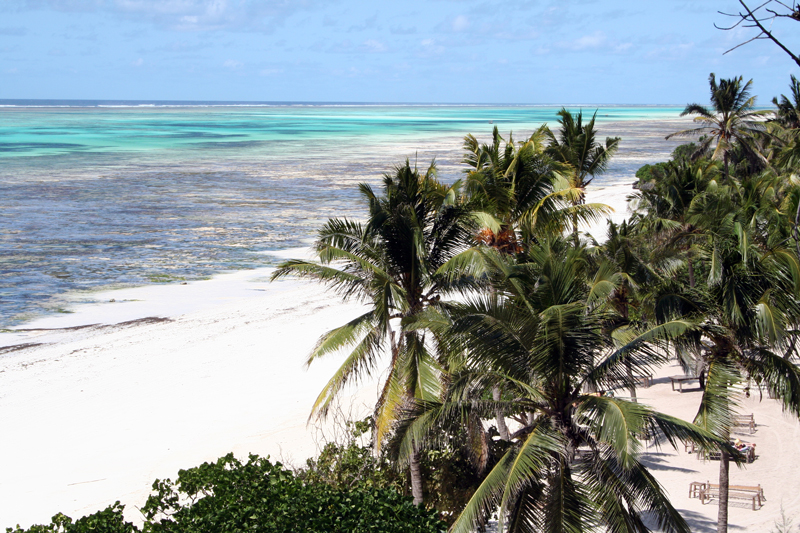
Mainland Tanzania does offer a few beach options, such as up near Pangani on the north coast, and also just south off Dar es Salaam. There are also several smaller islands, the most impressive of which is Fanjove Private Island which is south of Mafia Island, and accessed via Songo Songo Island. Fanjove really is an exclusive little gem, with powder white beaches and crystal clear waters.
However it is Zanzibar that attracts the most attention on the Tanzania coast. Correctly, Zanzibar should be the term used when talking about the islands of Pemba and Unguja. However, in recent years the term has been used to refer solely to the latter, with Pemba maintaining its own identity. The islands lie some 30 kms off-shore north/north-east of Dar es Salaam (20 minutes by air to Zanzibar, sea ferries are also available).
Zanzibar’s history dates back more than 2000 years when the islands traded with ships from Persia, Arabia and India. From about the 10th century, groups of immigrants from Shiraz (Persia) settled on the island and mixed with the local people. In the 16th century, the Portuguese established a trading station before being ousted by Omani Arabs a couple of centuries later. In 1840, the Sultan Said moved his capital from Muscat to Zanzibar with the Omani Arabs forming an elite group of landlords and rulers. Indian settlers formed a merchant class and the island became an important centre of regional politics and the focus of the slave trade. In 1890, Zanzibar became a British protectorate before gaining independence in 1963. In 1964, the Sultan was overthrown and nearly all Arabs and Indians expelled. Later that year, Zanzibar and Tanganyika combined to form Tanzania. Since then, many of the expelled peoples have returned.
In Zanzibar’s Stone Town (the old quarter), a fascinating maze of narrow streets and alleyways lead past numerous old houses, mosques, ornate palaces, shops and bazaars. Many of the buildings date back to the 19th century and depict the wealth of its builder. Arab houses have plain outer walls with large doors leading to an inner courtyard. Conversely, Indian houses have a more open facade and large balconies with railings and balustrades. The area outside the Stone Town is called Michenzani (New City), a failed attempt at becoming a modern city.
The Stone Town lies on the west coast with the harbour and airport. The best beaches are on the south-east, north-east and far north-west coasts, about an hours drive away. There has been a lot of coastal development in the last few years, and the variety of beach resorts is ever expanding – from discreet beach retreats and exclusive luxury lodges to large, resort-style hotels.
Aside from swimming, snorkelling and scuba diving, the island offers a range of other activities including visiting spice plantations, the Jozani Forest where the rare red colobus monkey is found, swimming with dolphins, dhow trips etc. Chumbe Island Coral Park is well worth visiting as a day trip from Stone Town or for a couple of nights. On the north-east of the island the exclusive Mnemba Island atoll is home to one sophisticated lodge and also provides some of the best diving and snorkelling conditions on Zanzibar.
There are regular flights to Zanzibar from Dar es Salaam, the southern safari parks (Nyerere/ Ruaha) and the northern safari parks (Ngorongoro Crater/ Serengeti etc). Direct connections from Nairobi (Kenya) are also available.


